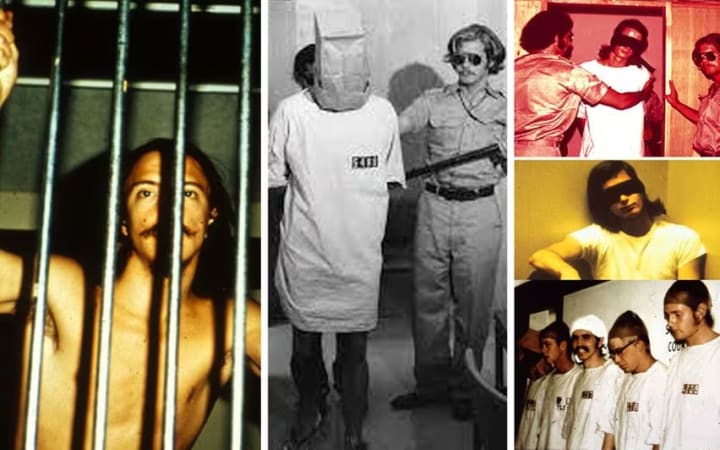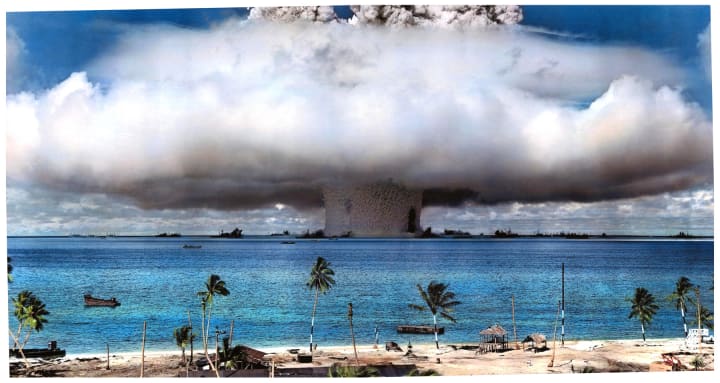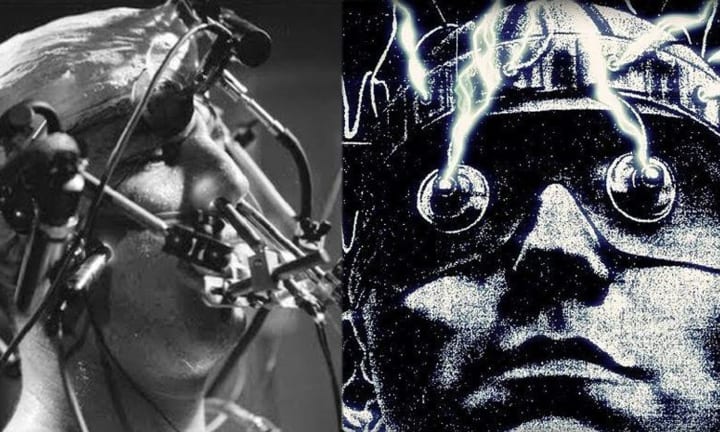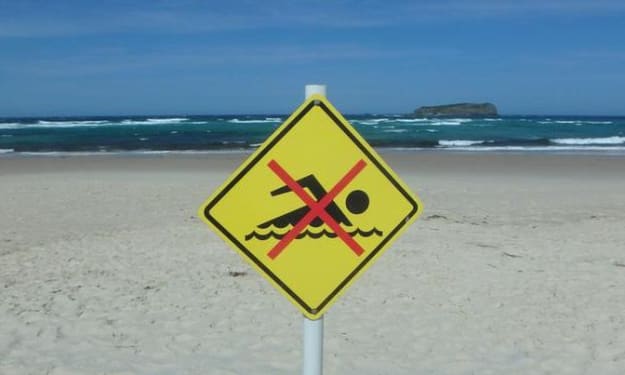Top 7 Deadliest Experiments in History
Pushing the Boundaries at a Grisly Cost

Science, the human endeavor to unveil the universe's secrets, has often been hailed as a noble pursuit. Yet, the path to knowledge can be paved with dark deeds, and history is littered with scientific experiments that crossed ethical lines, venturing into the realm of the macabre and monstrous. Today, we delve into the chilling annals of history to uncover seven experiments that stand out for their sheer lethality and disregard for human life.
1. Unit 731: A Plague Upon Humanity
Imagine a sprawling bioweapons facility disguised as a university where vivisections were performed without anesthesia, prisoners were deliberately infected with lethal diseases, and human guinea pigs were dissected alive. This wasn't science fiction; it was the grim reality of Unit 731, a Japanese biological warfare unit active during World War II. Led by the sadistic Shiro Ishii, Unit 731 subjected thousands of Chinese, Korean, and Allied prisoners of war to unspeakable horrors. From injecting them with plague and cholera to testing frostbite resistance by exposing them to subzero temperatures, Ishii and his cohorts reveled in their depravity, pushing the boundaries of human suffering in the name of biological warfare research.

The atrocities committed at Unit 731 defy comprehension. Prisoners were used as living petri dishes, deliberately infected with diseases like anthrax and bubonic plague, to study their progression and potential weaponization. Vivisections were commonplace, often performed on conscious subjects, their screams drowned out by the machinery of scientific "advancement." Even pregnant women were not spared, subjected to forced abortions and fetal vivisection in a cold, calculated display of scientific barbarity.
2. The Guatemala Syphilis Study: A Betrayal of Trust
In the 1940s, the United States Public Health Service embarked on a study that would leave a stain on the nation's medical ethics. In rural Guatemala, hundreds of unknowing men, many of them impoverished farmers, were deliberately infected with syphilis, a sexually transmitted disease that can cause debilitating and fatal consequences if left untreated. The goal? To study the natural progression of the disease and test the effectiveness of penicillin, a newly discovered antibiotic.

The Guatemalan study was a flagrant violation of informed consent. Subjects were neither told they were being infected with a potentially fatal disease nor offered proper treatment. Many suffered severe health complications, and at least one participant died directly from the experiment. The study went on for years, shrouded in secrecy, until it was finally exposed in the 1970s, sparking outrage and leading to lawsuits and apologies from the US government.
3. The Tuskegee Syphilis Study: A Legacy of Racial Injustice
Another dark chapter in American medical history is the Tuskegee Syphilis Study, conducted for over four decades in Macon County, Alabama. The study involved hundreds of African American men, mostly sharecroppers, who were unknowingly infected with syphilis. Instead of being treated, they were monitored for the disease's progression, even when penicillin became the standard treatment.

The Tuskegee study was driven by racist assumptions about African American health and susceptibility to disease. Subjects were denied treatment on the basis of their race, and many suffered the debilitating effects of untreated syphilis, including blindness, paralysis, and death. The experiment only came to light in 1972, leading to a national outcry and a class-action lawsuit against the US government. The Tuskegee study remains a stark reminder of the dangers of medical research conducted with racial bias and disregard for human rights.
4. The Stanford Prison Experiment: When Good People Turn Bad
In 1971, Philip Zimbardo, a Stanford University psychologist, conducted an experiment that would become infamous for its chilling results. Twenty-four healthy, well-adjusted college students were randomly assigned roles as either prisoners or guards in a mock prison set up in the university basement. Within days, the experiment spiraled out of control as the assigned roles warped the participants' identities. Guards became increasingly cruel and sadistic, inflicting psychological and emotional abuse on the prisoners, while the prisoners became withdrawn and submissive.

The Stanford Prison Experiment demonstrated the profound influence of situational factors on human behavior. It showed how ordinary people, placed in a power imbalance and stripped of their usual social constraints, It showed how ordinary people, placed in a power imbalance and stripped of their usual social constraints, can readily slip into roles of abuser and victim. The experiment was abruptly terminated after just six days, highlighting the ethical issues of manipulating participants' psychology and the unpredictable consequences of simulated power dynamics.
5. The Monster Study: Stuttering Isn't a Monster
In the 1930s, Wendell Johnson, an Iowa University speech pathologist, conducted a research project that would leave a lasting scar on several young lives. Twenty-two orphaned children who stuttered were divided into two groups. One group received standard speech therapy, while the other, the experimental group, was subjected to negative speech therapy, being told their stuttering was caused by "emotional instability" and their parents' supposed flaws.

The results were devastating. Children in the experimental group developed severe psychological problems, including anxiety, depression, and even withdrawal from speaking altogether. Some never fully recovered from the emotional abuse inflicted by the study. The "Monster Study" serves as a chilling reminder of the ethical imperative of protecting research participants from harm, particularly children who are more vulnerable to psychological manipulation.
6. The Bikini Atoll Experiments: Radiation Roulette
In the aftermath of World War II, the United States embarked on a series of nuclear tests across the Pacific Ocean, one of the most infamous sites being Bikini Atoll. Between 1946 and 1958, the US detonated 23 nuclear bombs in and around the atoll, exposing thousands of military personnel and civilian residents to high levels of radiation. The goal? is to study the effects of nuclear weapons on ships, buildings, and, tragically, human beings.

The human cost of the Bikini Atoll experiments was immense. Soldiers stationed on nearby islands and residents of Micronesia were showered with radioactive fallout, leading to increased rates of cancer, thyroid disease, and birth defects. The experiments left a legacy of environmental devastation and human suffering, highlighting the long-term consequences of testing and deploying weapons of mass destruction.
7. The Cold War's Chemical Cocktail: Project MKUltra
During the Cold War, the US Central Intelligence Agency embarked on a secret program known as Project MKUltra, aimed at developing mind-control techniques through the use of chemical substances like LSD and MK-Ultra drugs. The program experimented on unwitting participants, including prisoners, mental patients, and even military personnel, without their knowledge or consent.

The experiments of Project MKUltra were often horrific and unethical. Subjects were subjected to sensory deprivation, hypnosis, and drug-induced hallucinations, many suffering lasting psychological damage. The program remains shrouded in secrecy, with many documents destroyed and victims' memories fragmented by the mind-altering chemicals.
These seven examples represent a fraction of the unethical and deadly experiments conducted throughout history. They serve as a stark reminder of the ethical responsibility that comes with scientific pursuit and the dangers of sacrificing human well-being in the name of knowledge. As we delve further into the frontiers of science, it's crucial to remember the lessons of the past and ensure that scientific advancements are driven by compassion and respect for human life.
About the Creator
Maimun Riansyah
just ordinary people






Comments
There are no comments for this story
Be the first to respond and start the conversation.